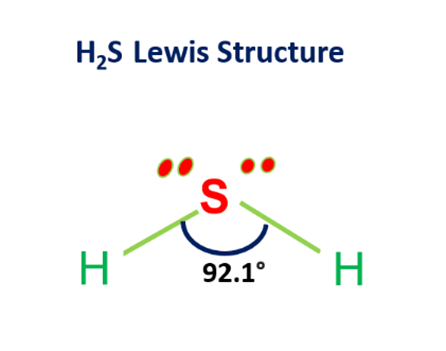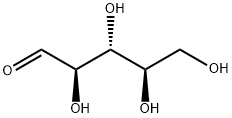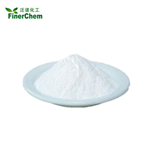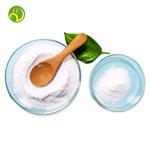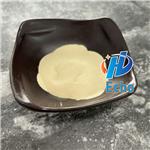Benefits of D-Ribose for heart muscle
Nov 24,2023
Description
D-ribose is an aldehyde containing pentose sugar and is present in all living cells. It is an essential component for energy production in cells. It supports the production of adenosine triphosphate (ATP)—energy—in your heart and skeletal muscles. That ATP energy helps your heart muscles contract as they should, pumping blood that benefits every cell and system in your body.
Biological function
D-ribose plays vital roles in various biological functions, such as forming RNA components, i.e., purines and pyrimidines, cofactors, some vitamins, and many more. It is an aldehyde containing pentose sugar in all living cells. This compound is an essential component for energy production in cells. It supports the production of adenosine triphosphate (ATP)—energy—in your heart and skeletal muscles[1]. That ATP energy helps your heart muscles contract as they should, pumping blood that benefits every cell and system in your body.
D-ribose and heart muscle
The use of D-ribose to improve the function of skeletal and heart muscle has been documented. D-ribose can relieve the cramps and soreness in lean muscles caused by exercise. Boosting energy is the key to rescuing those hearts. For that reason, D-ribose can be instrumental in treating a myriad of cardiovascular problems, including arrhythmia, angina, heart failure, peripheral vascular disease, statin-induced myalgia, and the rescue of any muscle tissue that is starving for oxygen. It also helps to reduce many heart risk factors[2].
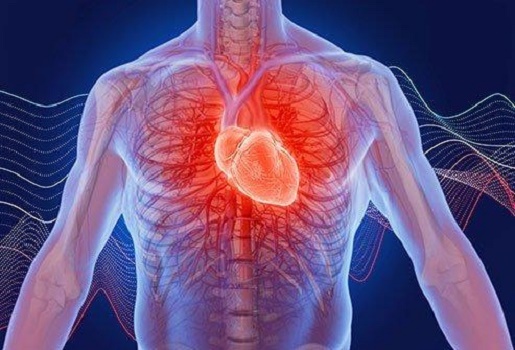
Herrick reported that D-ribose treats atrial fibrillation in low doses and prevents its occurrence wholly or partially. Administration of five grams of D-ribose daily, taken as a single dose or divided into two doses, effectively prevents atrial fibrillation. More preferably, ten grams of D-ribose daily, divided into two to four doses, is effective at preventing atrial fibrillation. Most preferably, the subject ingests 15 grams of D-ribose daily, divided into at least three doses. No more than five grams of D-ribose is ingested in one dose.
References
[1] Mehjbeen Javed. “D-ribose and pathogenesis of Alzheimer’s disease.” Molecular Biology Reports 47 3 (2020): 2289–2299.
[2] Xixi Chen. “d-Ribose as a Contributor to Glycated Haemoglobin.” EBioMedicine 25 (2017): 143–153.
- Related articles
- Related Qustion
- The importance of D-ribose in human health Mar 28, 2022
D-ribose is an important five-carbon monosaccharide with the chemical formula C5H10O5
The SF6 Lewis structure consists of a central atom, sulphur (S), and six outer atoms, fluorine (F). The sulphur atom (S) and each fluorine atom (F) are connected by a single bond, with three lone pairs of electrons on each fluorine atom, sy....
Nov 24,2023APIThe Lewis structure of H2S consists of a central sulphur atom (S) and two external hydrogen atoms (H) at a 92.1° degree bond angle.....
Nov 24,2023APID-Ribose
50-69-1You may like
- The benefits of Copper tripeptide
Apr 22, 2024
- Triphosphopyridine nucleotide: Introduction and Uses
Apr 18, 2024
- Is arbutin safe to use every day?
Apr 18, 2024




